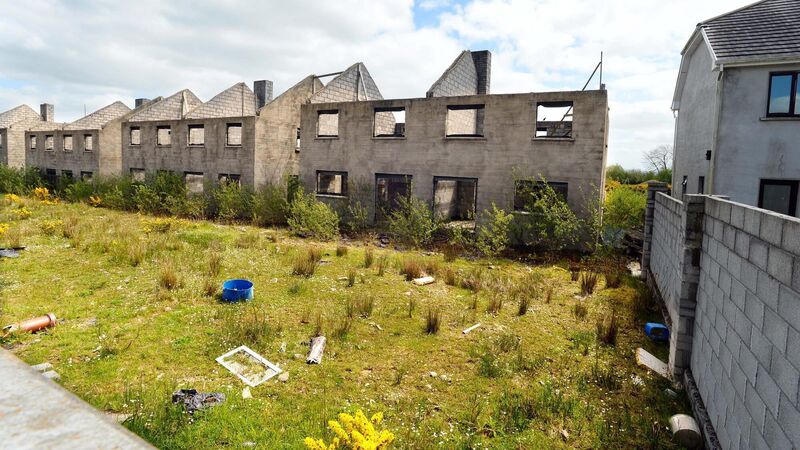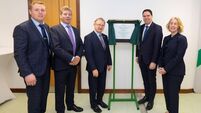Rural towns hold some solutions to climate change

The housing crisis has rightly dominated the political landscape for the last number of years, with rising rents, rising house prices, and rising homelessness figures. And yet, all across the country, houses stand vacant or derelict along the main streets of our towns and villages.
As with much else in political and public life, the debate on rural Ireland versus urban Ireland tends to be simplified, polarised, and presented from the viewpoints of extremes.
It is framed as part of some manufactured culture war, often with the Greens typecast as pantomime villains, as though the only two options available were a mews in D4 or a cottage in Connemara. In reality, more than 780,000 people live in the 64 Irish towns with a population between 6,000 and 25,000 people — more than the cities of Cork, Limerick, Galway and Waterford combined.
CLIMATE & SUSTAINABILITY HUB
















